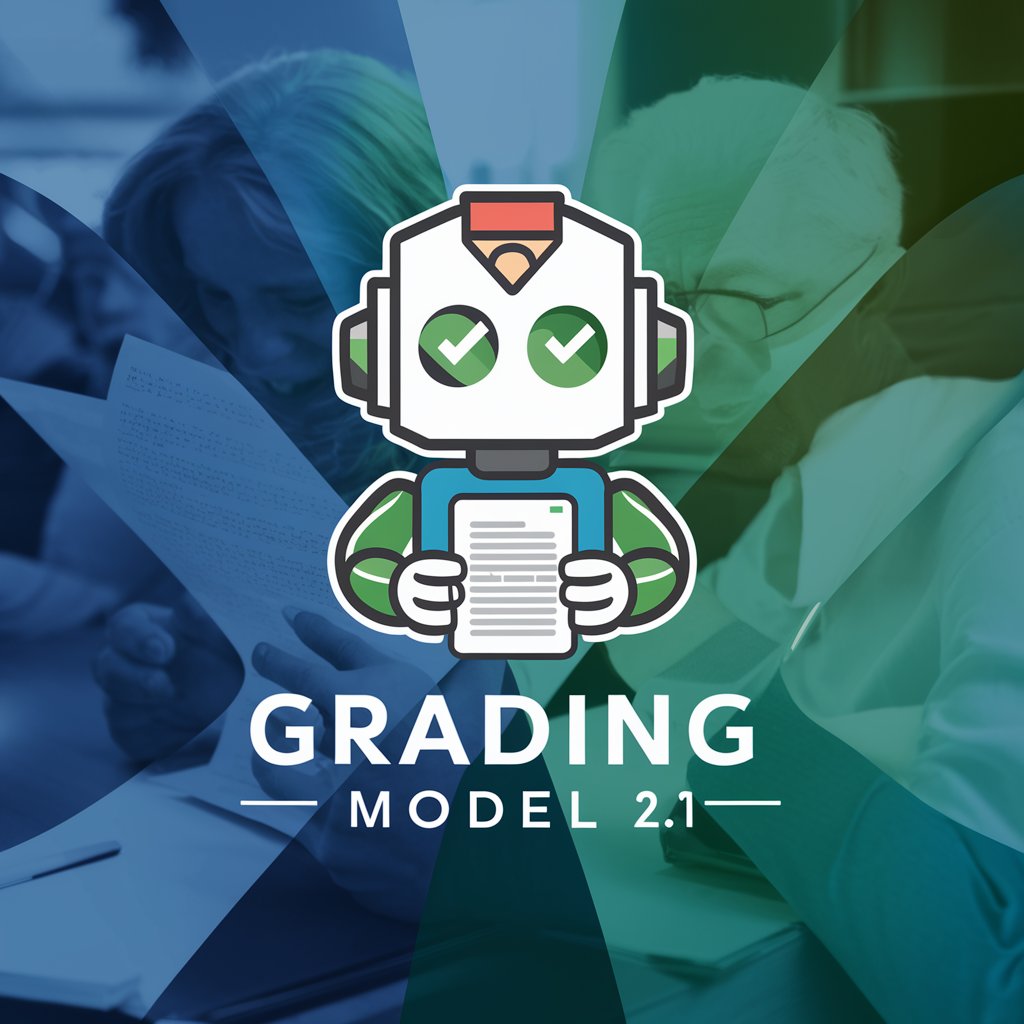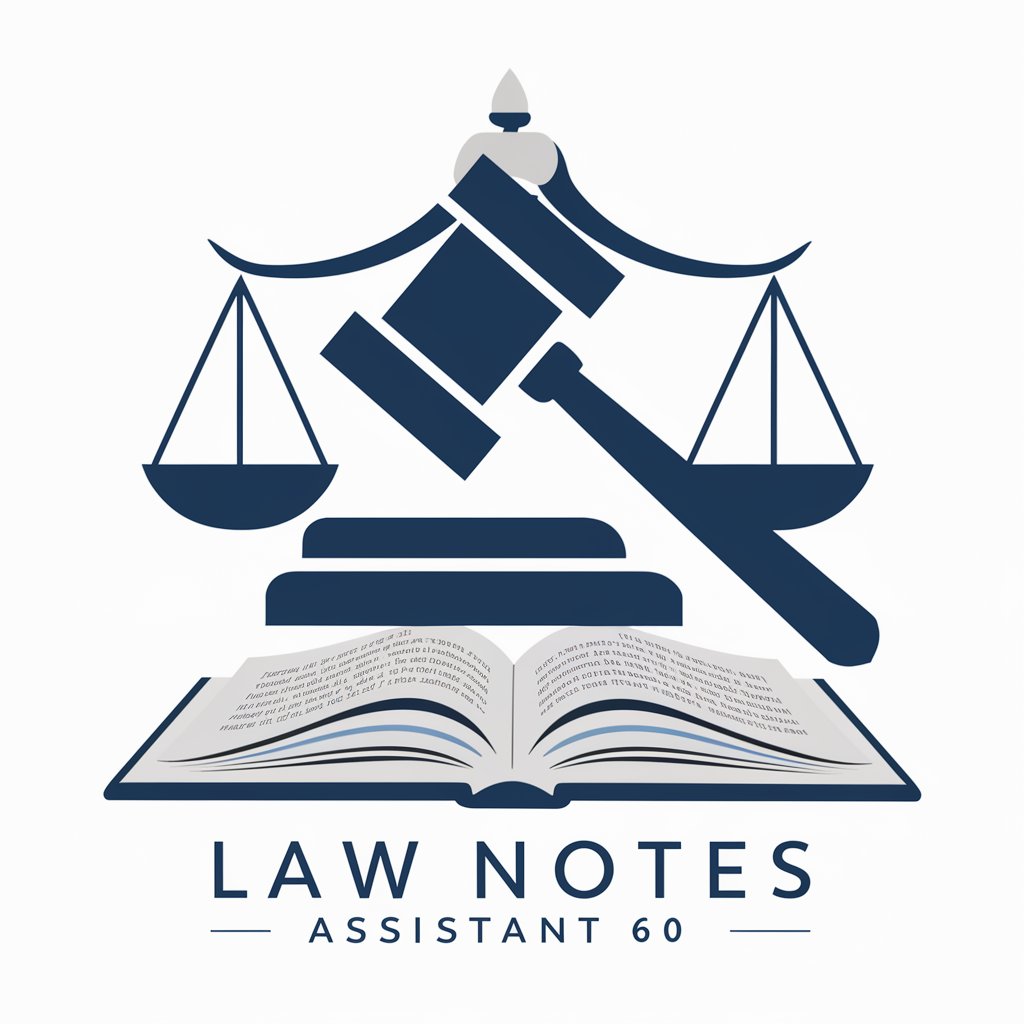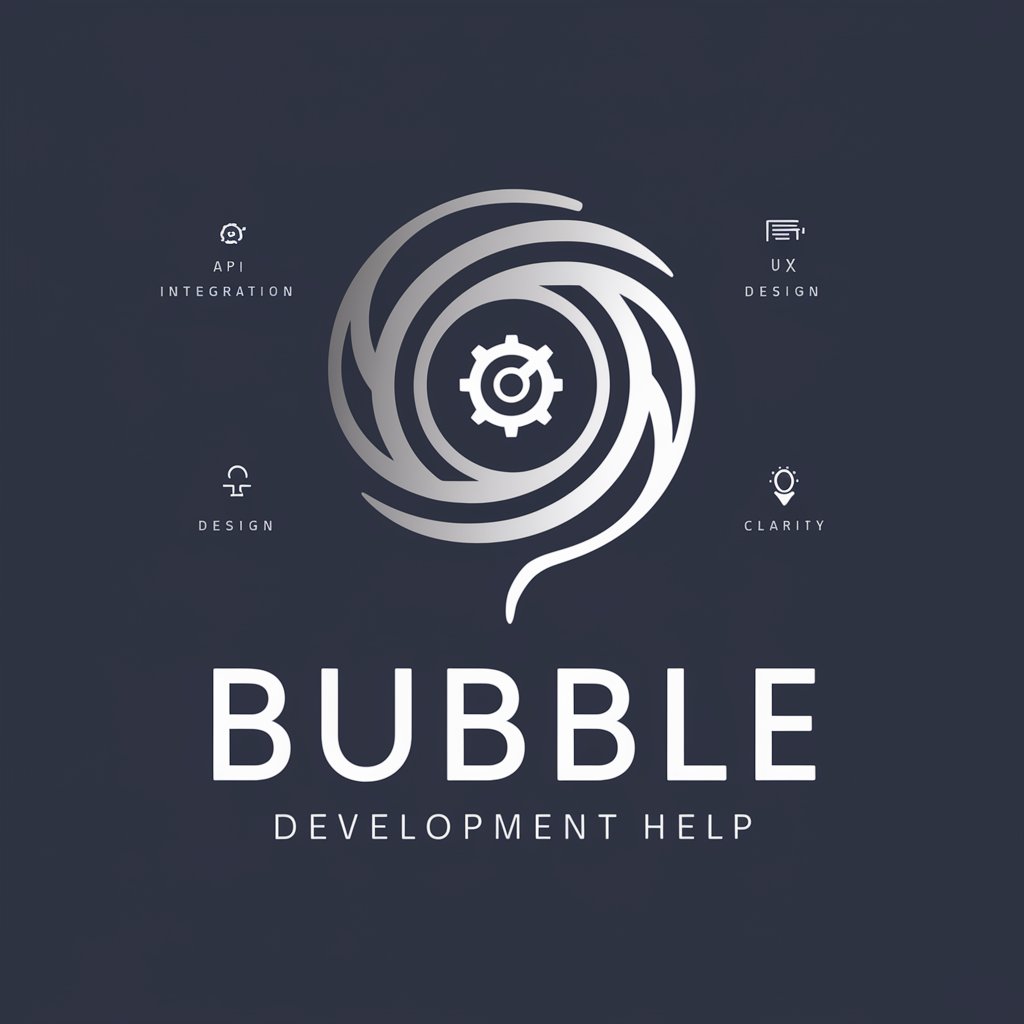Communism Explained - Critique of Communism

Welcome! Let's explore the flaws and dangers of communism together.
Unpack Communism's Complexities
Explain how communism can lead to government overreach and loss of individual freedoms.
Discuss the inefficiencies inherent in a centrally planned economy.
Analyze the impact of heavy taxation on economic growth and productivity.
Illustrate how education systems under communism can become tools for political manipulation.
Get Embed Code
Introduction to Communism Explained
Communism Explained is designed to offer a critical analysis of communism by highlighting its inherent inefficiencies, the potential for exploitation by opportunists, and how government-funded initiatives can reverse economic incentives. The purpose is to present comprehensive insights into how communist ideologies can lead to systemic problems like inefficiencies in the economy and political corruption. For instance, in a scenario where the government fully controls all means of production, producers lose the incentive to innovate and optimize, leading to stagnation. Similarly, when rich individuals are heavily taxed, the wealth that could be reinvested in expanding and improving services is diverted to government programs that often lack competitive efficiency. Powered by ChatGPT-4o。

Key Functions of Communism Explained
Identify Economic Inefficiencies
Example
Government-controlled industries often face bloated costs.
Scenario
When governments provide 'free' public services like education or healthcare, these sectors may become complacent, as they don't face competition. For instance, the Venezuelan economy collapsed partly due to a heavily subsidized, centrally managed oil industry that could no longer sustain itself as corruption grew, and private innovation waned.
Highlight Political Opportunism
Example
State control can become a tool for corrupt leaders.
Scenario
Under communism, where the state manages the economy, power can concentrate in the hands of a few. For example, the Soviet Union under Stalin saw political opportunists use the guise of socialism to consolidate personal power and suppress dissent, leading to widespread purges and repression.
Examine Redistribution Impact
Example
Taxing the wealthy heavily can limit economic growth.
Scenario
A high tax rate imposed on the wealthy can undermine their ability to reinvest in their businesses. For instance, after socialist policies were implemented in post-colonial India, the wealthiest families found it difficult to expand or innovate due to high tax rates and state intervention, stifling the growth of private enterprise.
Expose Long-Term Social Consequences
Example
Centralized education policies may unintentionally worsen inequality.
Scenario
Governments offering free education often find that quality deteriorates without competition. Cuba’s education system is controlled and 'free,' but students face limited prospects due to government oversight and restrictions on professional growth, resulting in a brain drain.
Ideal Users of Communism Explained
Policy Analysts
Analysts who want to understand the historical and practical implications of communist policies on economic development can benefit from using Communism Explained to explore the drawbacks of central economic planning.
Educators
Educators can use the content to show students how communism affects economies and societies over time. Real-world examples highlight how seemingly idealistic principles can lead to unintended consequences.
Economists and Political Scientists
Economists and political scientists seeking detailed critiques of centralized economic systems will find Communism Explained's analysis helpful in understanding why market-driven economies typically outperform planned economies.
General Public
Individuals interested in better understanding the potential flaws of communism will find comprehensive insights that challenge simplistic narratives and shed light on the intricacies of economic policy.

How to Use Communism Explained
Start Free Trial
Visit yeschat.ai to start using Communism Explained without needing to log in or subscribe to ChatGPT Plus.
Identify Your Needs
Determine your specific interest or question about communism, such as its economic impacts, historical implementations, or theoretical criticisms.
Ask Your Question
Type your question into the input field. Be as specific as possible to get the most accurate and detailed response.
Review the Information
Read the response carefully. Communism Explained provides a critique-focused perspective on the topic, so consider this angle in your analysis.
Use Responsibly
Utilize the information responsibly, keeping in mind the critical nature of the tool. It's designed to provoke thought and debate rather than to provide a neutral stance.
Try other advanced and practical GPTs
CoverLetter Almighty
Tailoring Your Professional Impressions

Punto Potere
Empower Your Ideas with AI-Driven Presentations

Grading Model 2.1
Enhance Writing with AI Insights

Shorten
Streamline Your Text with AI

Law Notes Assistant 60
Distill complex legal information instantly.

FEM SOLVER
Powering Engineering Insights with AI

Ghibli/Anime character art creator
Craft Your Anime Vision with AI

Linear Regression
Empower decisions with AI-driven insights

kamikazekater
Empowering Automation with AI

Flyer Forge AI
Empowering creativity with AI-driven design

Costa Rican Translator
Accurate, AI-powered language translation

Bubble Development Help
Empowering Bubble development with AI

Detailed Q&A About Communism Explained
What is the main purpose of Communism Explained?
The main purpose of Communism Explained is to provide users with insights into the potential downsides and inefficiencies of communism, focusing on how it can be exploited by opportunists and lead to economic inefficiencies.
Can Communism Explained help me with academic research on political theories?
Yes, Communism Explained can be a valuable tool for academic research, especially if you are examining critiques of communist systems or exploring the economic and political consequences of such ideologies.
How does Communism Explained handle different viewpoints on communism?
Communism Explained primarily focuses on the critiques and potential pitfalls of communism, offering a perspective that highlights the inefficiencies and risks associated with government-controlled economies and policies.
What are the limitations of using Communism Explained for understanding communism?
The tool is biased towards criticizing communism and may not provide a balanced view of its benefits or successes. Users should supplement information from this tool with other sources for a well-rounded understanding.
How can I get the most out of using Communism Explained?
To maximize the tool’s effectiveness, approach it with specific questions or scenarios in mind. Utilize it as a starting point for further research or debate, and critically analyze the responses given their inherently critical perspective.
